With the recent introduction of the S&W Models 642/442 UC and 632/432 UC, much has been made of the new stocks by VZ Grips. Looking at images, it’s obvious that the stocks extend to the top of the frame at the rear.
So?
That’s for recoil mitigation. Getting into the “Wayback Machine” (or “WABAC,” with apologies to Mr. Peabody), we find a discussion of revolver stocks from a dean of revolver shooting, Elmer Keith:
“The old Smith & Wesson grips that did not extend up to the top of the frame were inadequate and the recoil of the gun in heavy calibers pounded the web of the hand. But the Magna grip, which we urged long before it was brought out, is very good for fast double action shooting.” (Sixguns by Keith: The Standard Reference Work by Elmer Keith (Prescott AZ, Wolfe Publishing Co., 1955), at page 141.)
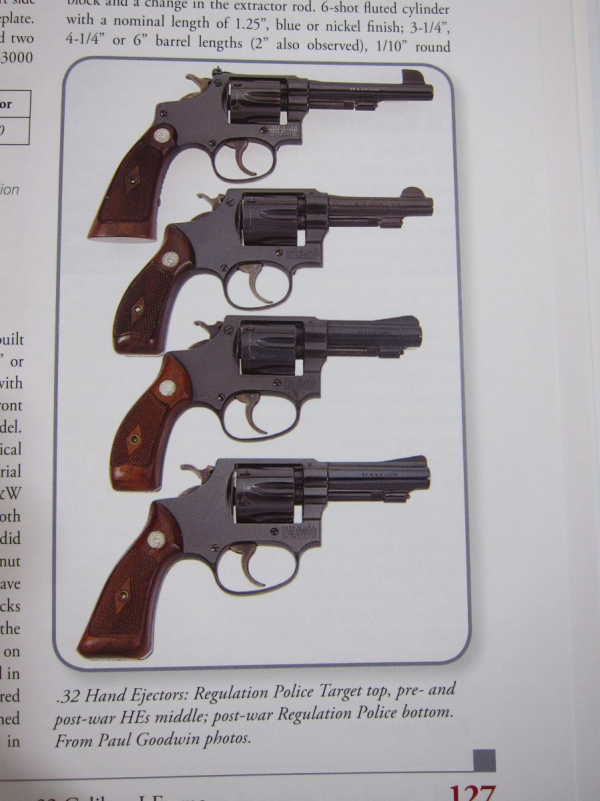
Those old S&W “grips” to which he refers are original service stocks. They largely covered the area at either side of the grip frame where the mainspring sits – and that as much to keep the rear of the receiver closed to prevent infiltration of debris as well as keep the hand clear of the old mainspring.
The improvement was labeled the Magna. It extends to the top of the conventional S&W revolver frame at the rear. This widens the area of the rear of the revolver where it contacts the web attaching the thumb to the hand. That greater coverage area helps spread the blow across a wider area.
When the I frame became the J frame and the tiny S&W was made to use the 38 S&W Special cartridge, that wider area at the top of the frame became critical.
Then they created the Centennial, it’s said for Rex Applegate.
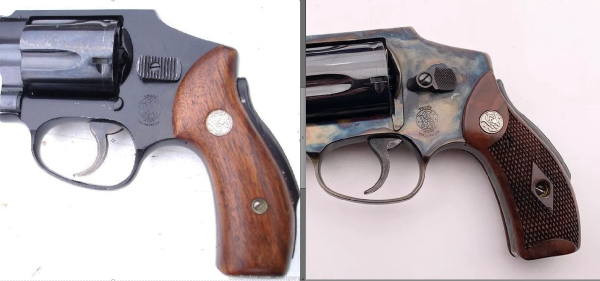
Not a hammerless, as the copy for the earlier “lemon squeezers” alleged, it was a completely enclosed hammer. To make that happen, the frame got “taller.”
Getting ahead of the potential issues – hammering the proximal thumb joint with 38 Special recoil – they made the Magna stocks higher, spreading the impact across the frame as well as a stock panel on either side of the frame … so-called “high horn” Magna stocks. They didn’t fit any other J-frame, just the Centennial.
The sole downside in timing of the release and production of the Centennial line, as I noted before, is that double action shooting was seen as somewhat of a novelty by too many people in those days. We still have trigger snobs today who prefer a light, short-stroke trigger for the best marksmanship.
It’s okay unless you use the gun for threat management.
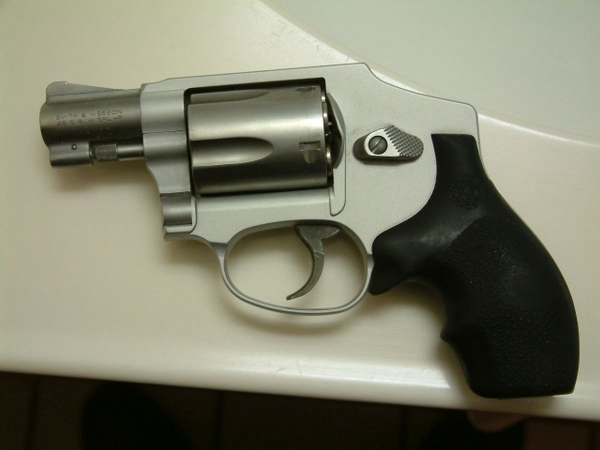
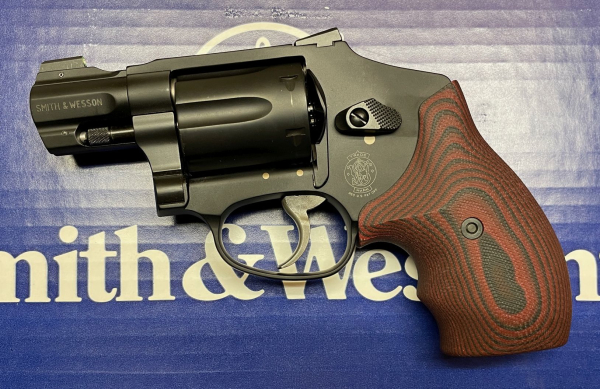
The Centennial returned with the Model 640. Sadly the “high horns” didn’t return. The sole maker was Craig Spegel in his line of “Boot Grips.” An individual in a shop, Craig seems to have three years’ worth of work at any particular moment.
I talked to various stock makers over the years about doing a decent set of stocks for the Centennial revolvers. It seems they all thought the new lines of Centennials – steel, Airweight and then AirLite – were a flash in the pan and their numbers would never equal the numbers of exposed hammer five-shooters.
I fear that even if they weren’t wrong, they just fell a little short of being right.
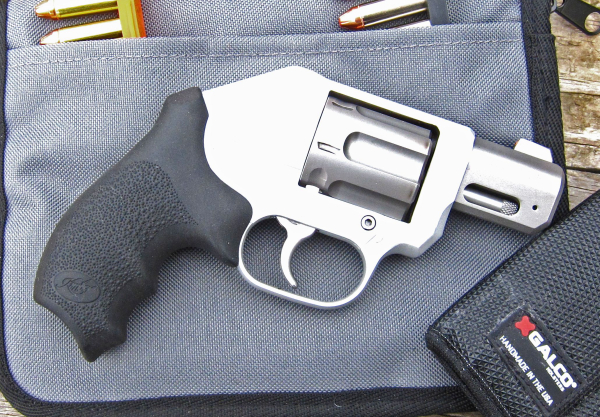
Now we’re here with the UC line and VZ Grips to the rescue – for that product line.
It’s a very individual thing, the fit of revolver to the hand with a broad range of variables – some obvious and some apparently oblivious.
The ideal aspect of the Centennial revolver is that you can crowd the top of the backstrap, literally having your hand over the top of the ‘recoil hump,’ giving you better control of recoil and quick accuracy. With the “hip-hugger” stocks, you throw that advantage in the trash.
When I chatted with Pat Hogue, Hogue Inc., we discussed his company’s J-Frame Centennial/Bodyguard “Tamer” stocks.
He said “It was tough to invest in tooling to make a grip that wouldn’t fit the vast number of hammer spur versions but the Centennials are begging for a taller grip.”
The Hogue family stepped forward and now VZ Grips has stepped up.
Anyone else?
— Rich Grassi
